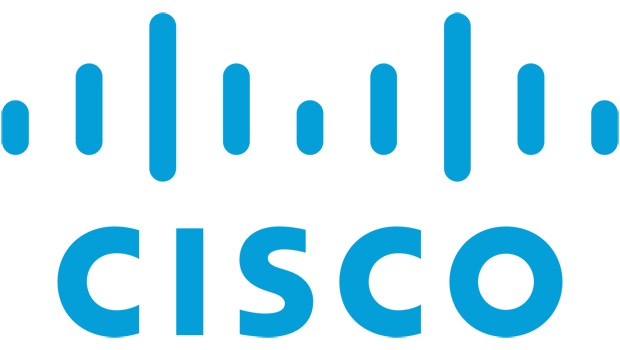Expect to see public cloud traffic outpace the growth of private cloud traffic.
November 11, 2016

 Data center technology innovation, such as virtualization, hyperscale data centers, software-defined networking (SDN) and network functions virtualization (NFV), is a key driver of cloud and cloud traffic growth, according to the sixth annual Cisco Global Cloud Index report.
Data center technology innovation, such as virtualization, hyperscale data centers, software-defined networking (SDN) and network functions virtualization (NFV), is a key driver of cloud and cloud traffic growth, according to the sixth annual Cisco Global Cloud Index report.
The report that forecasts the growth of global data center and cloud-based IP traffic (2015-2020) highlighted some main findings:
Cloud traffic will nearly quadruple to 92 percent of total data center traffic, with the remaining 8 percent processed in traditional data centers;
Public cloud (68 percent) will grow faster than private cloud (32 percent);
Database/analytics/Internet of Things (IoT) workloads will account for 22 percent of total business workloads, compared to 20 percent in 2015.
“In the six years of this study, cloud computing has advanced from an emerging technology to an essential scalable and flexible part of architecture for service providers of all types around the globe,” said Doug Webster, vice president of service provider marketing at Cisco. “Powered by video, IoT, SDN/NFV and more, we forecast this significant cloud migration and the increased amount of network traffic generated as a result to continue at a rapid rate as operators streamline infrastructures to help them more profitably deliver IP-based services businesses and consumers alike.”
According to the report, global cloud traffic is expected to rise 3.7 times, up from 3.9 ZB per year in 2015 to 14.1 ZB per year by 2020 – growth is attributed to the move to cloud architectures for its scalability, efficiency and ability to support more workloads than traditional data centers.{ad}
This year’s report also honed in on application workloads to better understand what’s driving data growth – a first for the Global Cloud Index. Some findings:
Business workloads dominate data center applications and are growing. Business workloads will grow 2.4-fold from 2015 to 2020 but their overall share of data center workloads will decrease from 79 to 72 percent.
Consumer workloads, while smaller in number, are growing faster. During the same time, consumer workloads will grow faster by 3.5 fold. By 2020, consumer workloads will account for 28 percent (134.3 million) of total data center workloads, compared to 21 percent (38.6 million) in 2015.
IoT/analytics/database workloads are growing the most in terms of share of business workloads with collaboration and compute workloads largely maintaining their share. By 2020, database/analytics/Internet of Things (IoT) workloads will account for 22 percent of total business workloads, compared to 20 percent in 2015.
Video and social networking will lead the increase in consumer workloads, each respectively grows their percentage significantly.
By 2020 video streaming workloads will account for…
{vpipagebreak}
…34 percent of total consumer workloads, compared to 29 percent in 2015; social networking workloads will account for 24 percent of total consumer workloads, compared to 20 percent in 2015; search workloads will account for 15 percent of total consumer workloads, compared to 17 percentin 2015.
Looking at cloud traffic by cloud service delivery models, i.e. software-as-a-service (SaaS), infrastructure-as-a-service (IaaS), and platform-as-a-service (PaaS) the report found: by 2020, 74 percent of all cloud workloads will be SaaS workloads up from 65 percent in 2015; by 2020, 17 percent of all cloud workloads will be IaaS workloads, down from 26 percent in 2015; and by 2020, 8 percent of all cloud workloads will be PaaS, down from 9 percent in 2015.
The report also looked at public versus private cloud workloads and found that 68 percent of cloud workloads will be in public cloud data centers by 2020. That’s up from 49 percent 2015. In the private cloud space, 32 percent of cloud workloads will be in private cloud data centers by 2020, which is down from 51 percent in 2015.{ad}
Additional first-time analysis in the report centered on the impact of hyperscale data centers. According to the report findings, expect to see hyperscale data centers to grow from 259 in 2015 to 485 by 2020 and represent 47 percent of all installed data center servers by 2020.
Traffic within hyperscale data centers will quintuple by 2020 and account for 53 percent of total traffic, which is up from 34 percent of total traffic today.
Read more about:
AgentsAbout the Author(s)
You May Also Like


